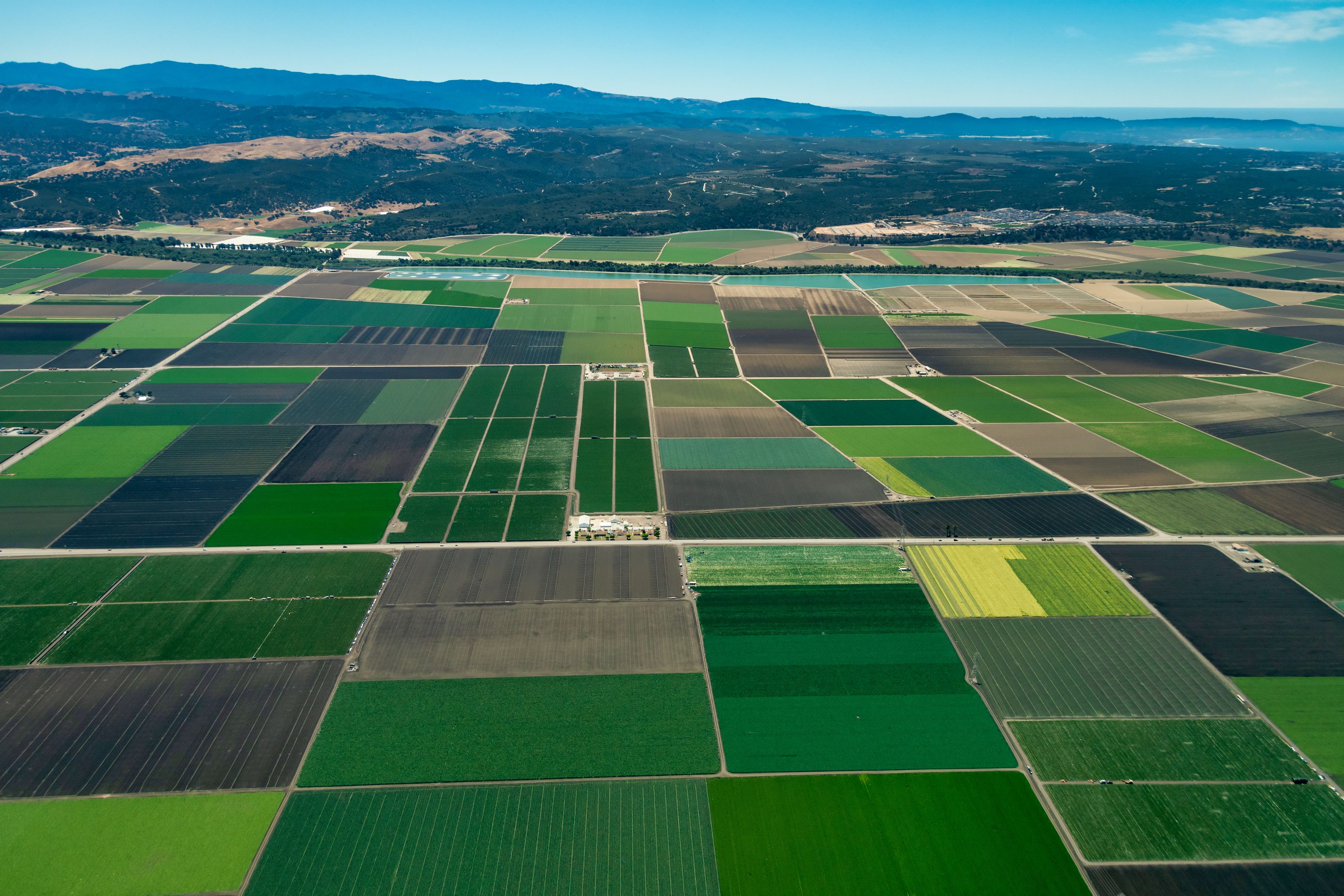Starting Your Organic Farm in California: A Step-by-Step Guide
Understanding Organic Farming in California
Starting an organic farm in California is a rewarding endeavor, but it requires thorough planning and understanding of the unique challenges and opportunities presented by the state's diverse climate. With its broad range of climates, from coastal areas to inland valleys, California is well-suited for organic farming. However, aspiring farmers must navigate regulations, choose the right crops, and implement sustainable practices.

Research and Planning
The first step in starting your organic farm is conducting extensive research. Familiarize yourself with California's organic certification requirements, which are governed by the United States Department of Agriculture (USDA) and California Certified Organic Farmers (CCOF). Understanding these regulations is crucial to ensure compliance and to market your produce as organic.
Next, identify the type of crops or livestock that are best suited to your land and climate. Consider consulting with local agricultural extension offices or organic farming groups for insights on successful practices in your area. This research phase is essential to developing a comprehensive business plan.
Choosing the Right Location
Your farm's location will significantly impact its success. Look for land with fertile soil, access to water, and favorable climate conditions for the crops you intend to grow. California's varied geography offers numerous options, from the fertile Central Valley to the cooler coastal regions.

When evaluating potential land, consider factors such as soil quality, water availability, and proximity to markets. Establishing a farm near metropolitan areas can provide easier access to farmers' markets and distribution channels, which are vital for organic producers.
Preparing the Land
Once you have secured your land, the next step is land preparation. This involves testing soil quality, managing weeds organically, and establishing irrigation systems. Embrace sustainable practices such as crop rotation, cover cropping, and composting to maintain soil health.
Organic farming often requires more manual labor compared to conventional methods. Therefore, plan for adequate labor support, whether through hiring seasonal workers or involving family and community members in farm operations.

Obtaining Organic Certification
To officially market your produce as organic, you must obtain certification from a USDA-accredited certifying agent. This process involves an application, a detailed plan describing your farming practices, and an on-site inspection. Certification can take several months, so it's important to plan accordingly.
Remember that maintaining organic certification requires ongoing compliance with organic standards. Regular inspections will ensure that your farming practices continue to meet certification requirements.
Marketing Your Organic Produce
With certification in place, focus on building a solid marketing strategy to reach consumers interested in organic products. California offers numerous opportunities for direct-to-consumer sales through farmers' markets, community-supported agriculture (CSA) programs, and local grocery stores.
Additionally, consider leveraging digital marketing channels such as social media and an engaging website to connect with potential customers. Highlight the unique story behind your farm and the benefits of organic agriculture to attract a loyal customer base.
Conclusion
Starting an organic farm in California is a journey filled with challenges and rewards. By conducting thorough research, selecting the right location, preparing your land sustainably, obtaining certification, and effectively marketing your produce, you can establish a successful organic farming operation. Embrace the support of local farming communities and continuous learning to thrive in this dynamic industry.